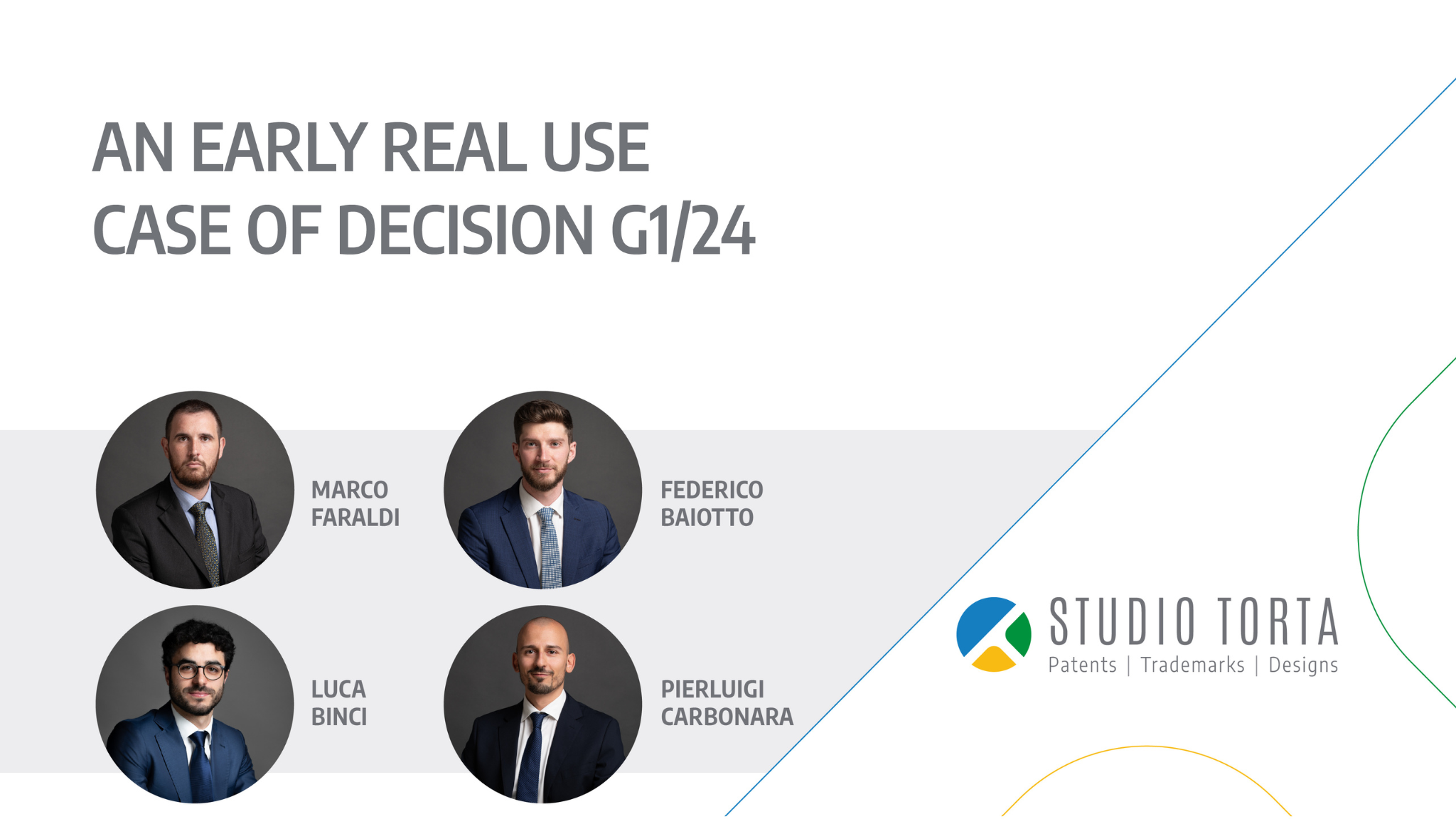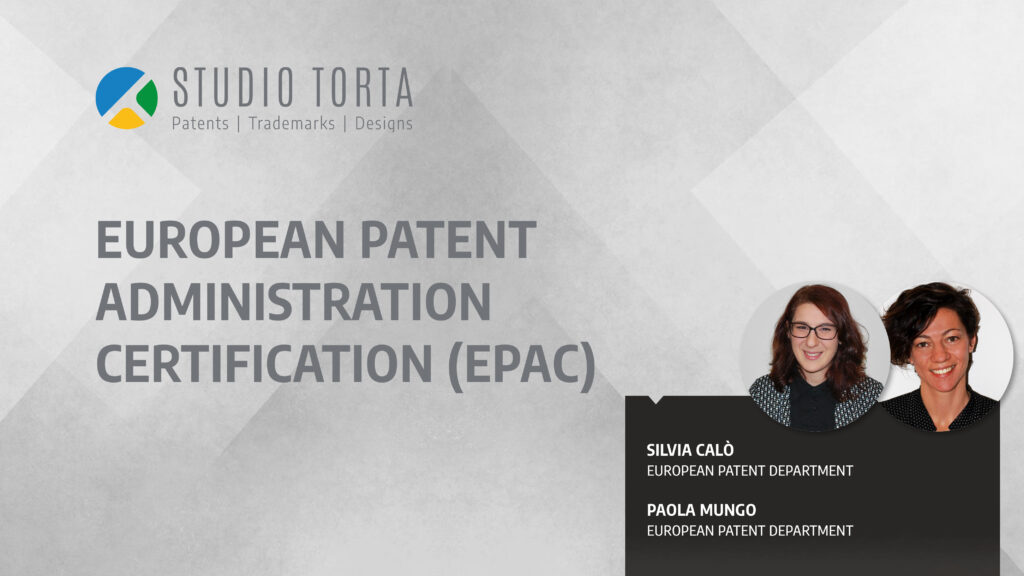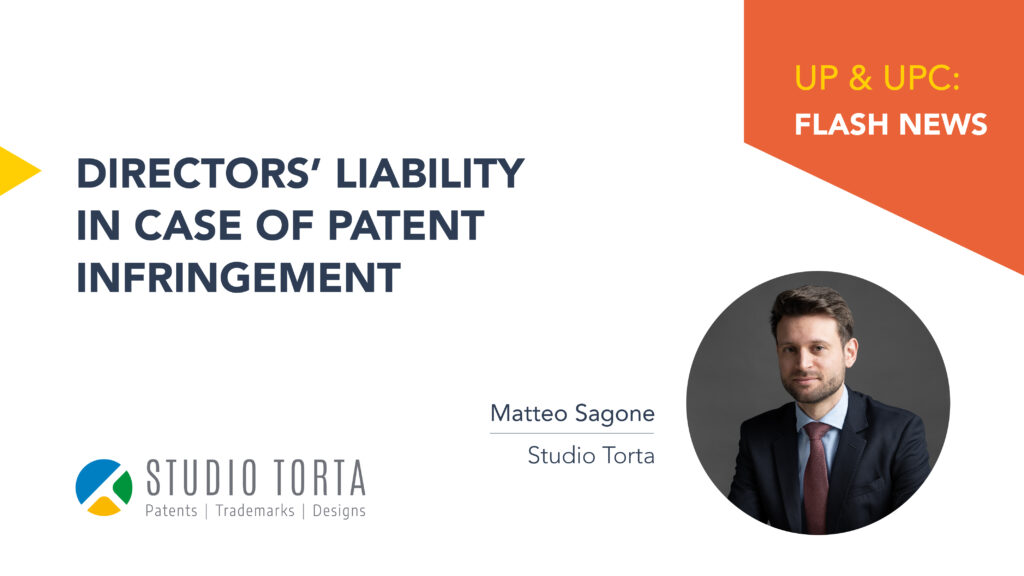An early real use case of decision G1/24
Use of G1/24 for interpreting the features of a claim in relation to a public prior use.
Studio Torta—with a team composed by Marco Faraldi, Federico Baiotto, Pierluigi Carbonara, and Luca Binci—supported the defense of patent EP2960746 B1 during the Opposition Appeal proceedings T2027/23.
During the hearing, Studio Torta had the opportunity to discuss the effects of the recent decision G1/24 (link: https://www.epo.org/en/boards-of-appeal/decisions/g240001ex1), concerning the interpretation of claims in light of the description and drawings.
In this case, this interpretation played a key role in the discussion of patentability since the first instance proceedings.
In detail, the original application associated with this patent, previously drafted by another representative, disclosed a technical solution having a substantially electronic nature.
During the opposition proceedings, the opponent based its attack on a public prior use, related to a purely hydro-mechanical solution.
Until the opposition hearing, no amendments to the patent had been filed to specify the strictly electronic nature of the features of the claims, in particular due to the insufficient proof of prior use.
As highlighted in the preliminary opinion of the Opposition Division, it was necessary to inspect the vehicle and hear a witness in order to reconstruct the chain of proof of the prior use and demonstrate its operation.
Further, during the oral proceedings, subsequently to the inspection, the witness hearing, and interpretation expressed by the Opposition Division — provided only at that time—amendments were filed but were not admitted in the proceedings. All the claim sets already on file were also considered not novel with respect to the public prior use.
On appeal, in particular during the oral proceedings, Studio Torta invited the Board of Appeal (BoA) to apply the recently issued decision G1/24, with the aim of obtaining an interpretation of the features of the claims consistent with the electronic nature described in the patent.
However, during the hearing, the BoA noted that:
- decision G1/24 does not establish whether the description must be consulted for each claimed feature. A strict interpretation would in fact deprive the claims of their main function, which is to define the scope of protection;
- from a practical point of view, decision G1/24 does not clarify what exactly ‘consulting the description’ means. In a broad sense, the description is always consulted, making it difficult to prove in the future that a Board has not done so in order to interpret the claims and therefore has not followed G1/24.




